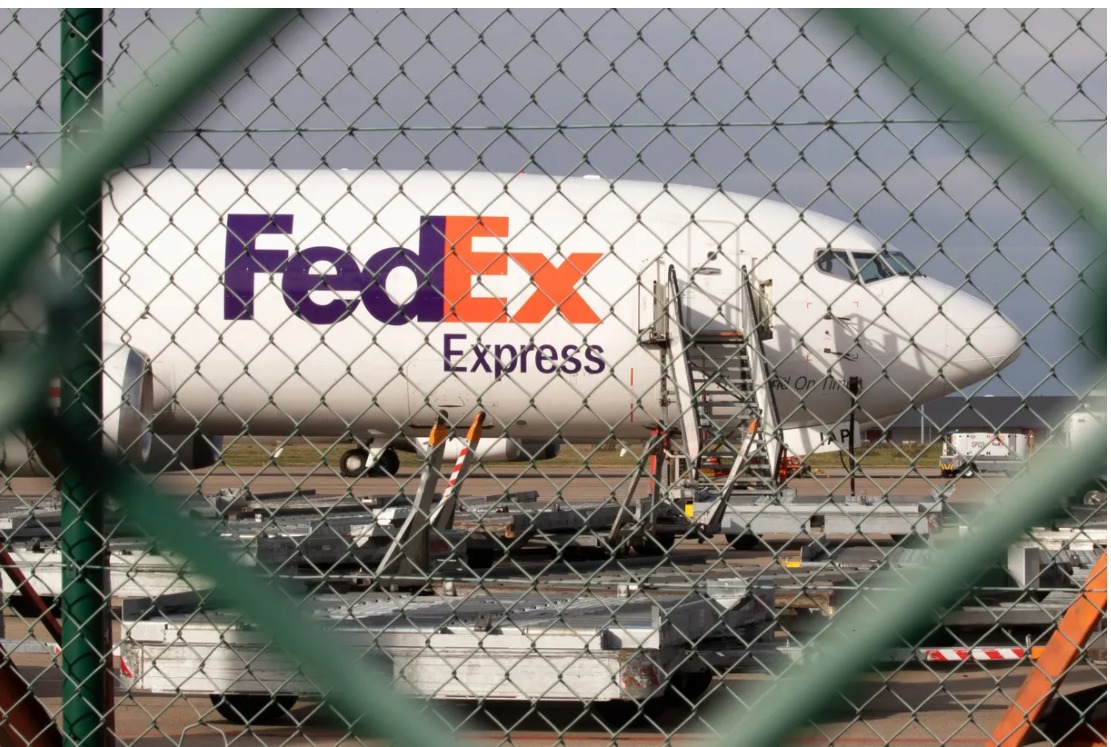

Before you say that of course the FAA wasn’t going to let a private company mount a frickin’ laser beam (sorry, old reference) to their airplanes, you should know that we’re not exactly talking about the kind of high-energy solid state lasers that can literally blast things till they catch fire and/or explode — though the US military has certainly tested those sorts of lasers aboard large aircraft, too.
No, FedEx’s proposal was for a “Infrared Laser Countermeasure System,” a fancy name for what’s effectively a high-power laser pointer (with a sophisticated targeting system) that blinds incoming missiles before they hit. As The Drive explains, the US has been exploring ways to protect airliners from missile strikes for a while now, particularly given the proliferation of cheap shoulder launched surface-to-air missile systems, and those sorts of laser systems looked to be an effective but expensive option.
FedEx even tested out one of the infrared variety, Northrop Grumman’s “Guardian” pods, in 2006. Here’s a close-up of a Northrop Grumman infrared laser pod:
But it doesn’t seem like any US commercial airplanes have installed the tech yet; the FAA’s proposal suggests that FedEx’s addition of a laser would have been “novel or unique.”
It’s not clear whose system FedEx was hoping to attach to its planes when it submitted its proposal in October 2019, why the FAA decided it should move forward this month, or why the FAA decided to suddenly stop it now — but it does seem like your FedEx packages won’t be protected by laser anytime soon.







